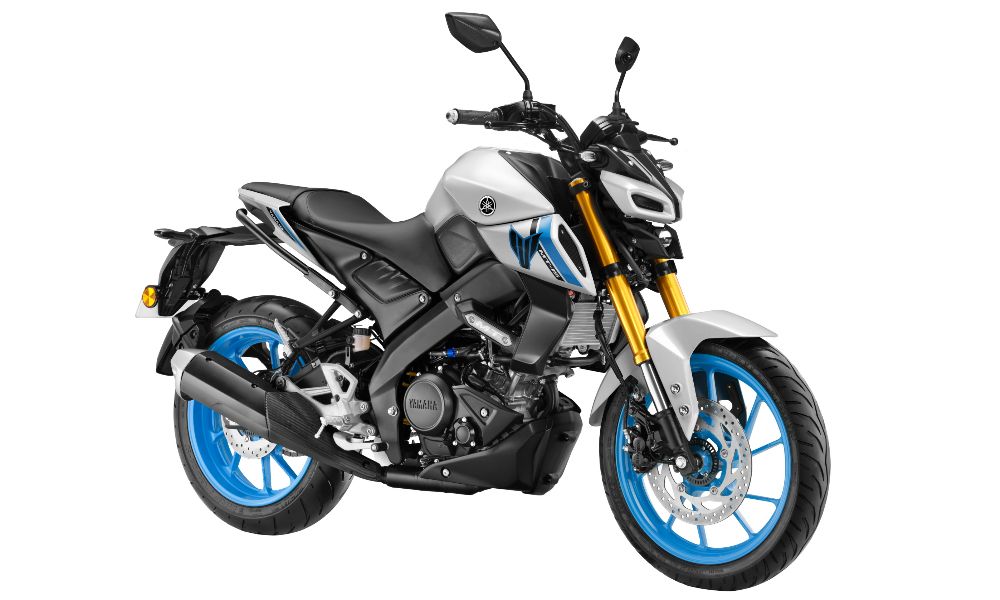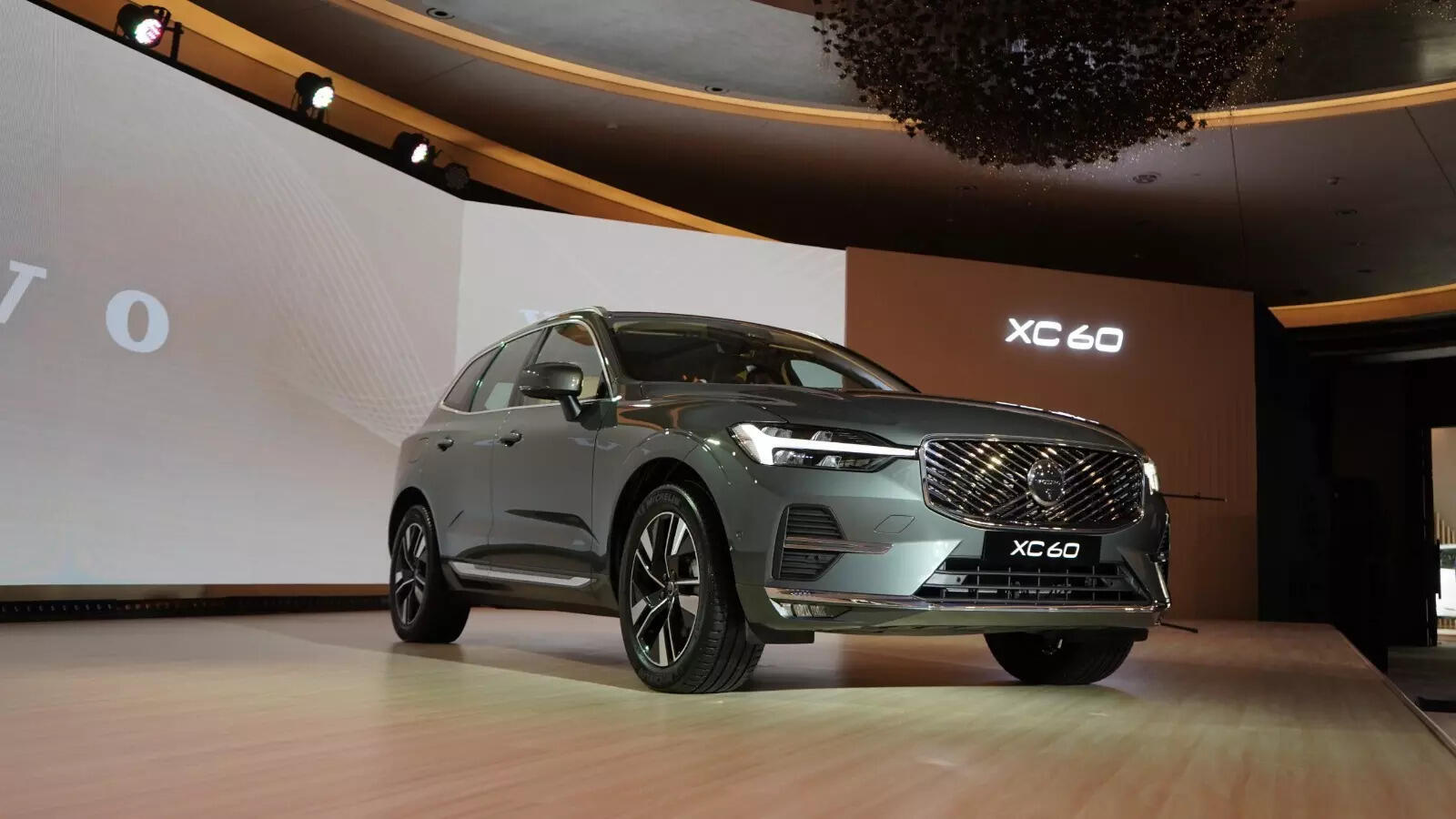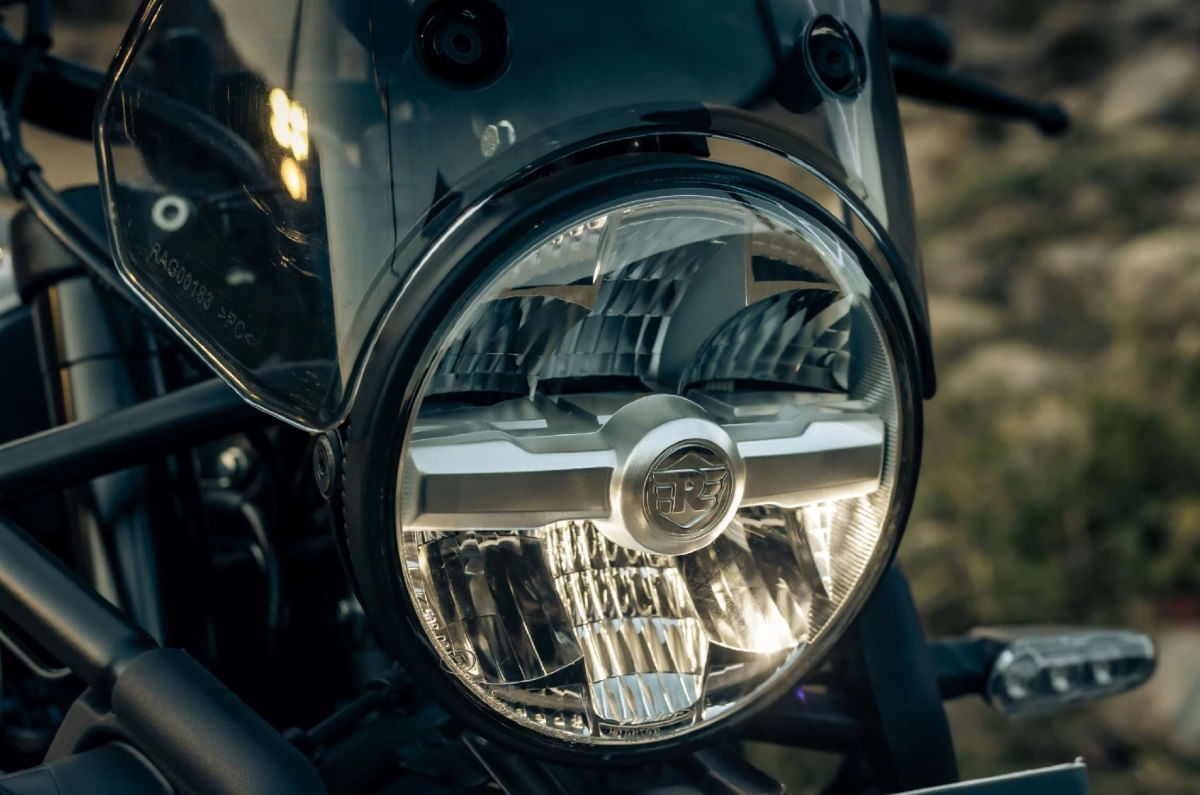Summer 2025 has been hot, not just in terms of the record-breaking heat levels across the U.S., but also the slick tech we’ve both tested and salivated over throughout July. It’s been a month since Nintendo launched the Switch 2, and games like Donkey Kong Bananza are showing us what a handheld console is capable of. There was also the big launch of the new Samsung Galaxy Z Fold 7, which may set the standard for light, thin, and pretty-as-hell foldables for U.S. customers. We finally got our hands on the betas for Apple’s iOS 26, iPadOS 26, and macOS 26, and believe it or not, there’s a lot more in store than the “Liquid Glass” redesign. While Apple’s fortunes are looking up, those beholden to Google’s hardware ecosystem have had a much rougher time. Google Assistant for Google Home has been on the fritz in July. Though Google promised a fix is on the way, users are already planning a potential class action lawsuit.
Next month will be a big one. Google is set to show off its upcoming Pixel lineup—including phones, wearables, and more—on Aug. 20.

How often are you really going to be looking at the wireless earbuds after you stick them on either side of your head? The $130 OnePlus Buds 4 don’t look exciting, but for quality sound, they do the job and then some. The wireless earbuds have quality active noise cancellation to keep out any distracting sounds. If you want to tune your earbuds even more to your preferred listening experience, they include a hearing test that we found actually makes a difference in what you hear. You’re not going to find much better quality wireless earbuds for the price.
See Buds 4 at OnePlus

We too hate how so many home security companies make you pay for subscription fees just to use all the features of your home security tech. The $150 Reolink Altas wireless security camera can connect to Wi-Fi with its dual-band radio antenna, but it doesn’t need an internet connection to do the job you need it to—which is to help you keep tabs on your property. It records good quality video at 2K, though it will only save video locally. If you hate the idea of tech companies abusing your data, you can look at your recordings without needing to connect through some cloud-based app.
See Reolink Altas at Amazon

Earplugs may do the job of keeping out the grinding noise of your partner’s bedtime snores, but what if you’re looking for something a little more high-tech? Enter the $230 Soundcore Sleep A30, which uses active noise cancellation to block out unwanted noise while you snooze. We found the buds feel pretty comfortable to have in our ears for hours at a time, even if you’re a side sleeper. The accompanying app also includes a selection of soothing ASMR audio to help you drift off a little easier.

It took Samsung seven tries to finally make a book-style foldable that’s as thin as a typical phone, but the $2,000 Galaxy Z Fold 7 is finally the one you want. Along with being thin and light, its unfolding action has a snappiness that makes it satisfying to open or close. It’s surprisingly sturdy for such a thin device and still includes a wealth of high-end features, including good cameras and quality 120Hz displays on both the inside and out. Now let’s see if Samsung can pull off the same magic with its tri-fold coming by the end of the year.
See Galaxy Z Fold 7 at Amazon
See Galaxy Z Fold 7 at Samsung.com

Do you need a Chromebook in your life, especially one that costs $650? Maybe not, but if there were any Chromebook to get, it would be Lenovo’s latest. The CPU, the Mediatek Kompanio Ultra 910, offers the Chromebook Plus 14 a speed that feels breathtakingly fast for such a light machine at this price. It includes a pretty OLED display, a clacky keyboard, and numerous ports. The only issue is that it’s still hindered by ChromeOS. As many of our readers pointed out, that shouldn’t stop you from trying to install an operating system like Linux onto the device, but to each their own.
See Lenovo Chromebook Plus 14 at Best Buy

Apple released the iPadOS 26 beta late in July, and already there’s no going back to the old way we used Apple’s tablets. The update essentially lets users create as many floating windows as they want, then stack them onto one half of the screen or in quadrants. Even in this early version, the new UI allows for precise app resizing. It won’t ever be as open as a Mac, and you’ll still be hindered by the versions of apps built for iPad, but those limitations are easier to overlook now that you can have more than two apps running on your tablet screen at once.
See Apple iPads at Amazon

Gamers who can’t stand the thought of losing another multiplayer match need a headset that offers an edge. Pros and wannabe pros don’t have to look much further than the $250 Razer BlackShark V3 Pro. The headset’s drivers and software are all designed to hone in on specific audio cues, whether that’s enemy gunshots or footfalls, to give you a slight edge in gameplay. The headset also includes a massive 12mm microphone, which offers clearer audio than previous versions of the BlackShark.
See BlackShark V3 Pro at Amazon

You have to give props to Asus. Not only did it craft one of the most overt “gamer” laptops with its mass number of RGB and AniMe LED lights, but for $3,400, Asus is offering one of the more easily repairable gaming laptops on the market. The bottom of the device comes off with a single switch, making it easy to replace the SSD or RAM or else clean out the fans. The performance is on point, enough that it may stack up as one of the year’s best “desktop replacement” devices.
See Asus ROG Strix Scar 18 at Amazon

Those tired of distracting watch faces that take you away from focusing on your latest run can still access a suite of health metrics. The $200 Whoop 5.0 is the latest in a line of fitness trackers that monitor heart rate and sleep cycles. You can find all your data through the Whoop app, which does require a separate subscription. It’s meant to stay on your wrist 24/7, but if you’re so obsessed with your health and you hate the idea of a smartwatch, the Whoop 5.0 offers almost too much data to help you plan your daily existence.
See Whoop 5.0 at Amazon

There are currently very few options for emulating Nintendo DS or 3DS games. That’s what makes the Ayaneo Pocket DS so exciting. It’s a device akin to the company’s more expensive Windows-based handhelds, though this one could be much cheaper since it’s running on Android. It includes a large 7-inch OLED alongside a smaller 5-inch display. This means you can run two apps on two screens at once. More likely, you’ll use it to run your old DS games on a bigger, brighter display. We’ll just need to sit on our hands until Ayaneo tells us how much we can expect to pay and when we can finally have one in hand.

This Bluetooth speaker’s main gimmick is its ability to play nice in water. It wouldn’t be notable unless it had good audio to boot. The Soundcore Boom 3i costs $130 and offers some of the best audio for its price we’ve experienced. Ironically, turning on the speaker’s “bass boost” mode makes a literal splash when the beats kick in, so it won’t be the kind of thing you’ll want floating beside you during a bathtub soak.
See Soundcore Boom 3i at Amazon

There are many, many controllers available for Switch 2 right now, but other than Nintendo’s own Joy-Con 2, there’s only one you can buy that will actually wake the console. The $85 Switch 2 Pro controller feels great in your hand with extra-large face buttons and clicky triggers. The main issue with the controller is it eschews drift-resistant Hall effect sticks for older potentiometer sticks. These may wear over time, leading to drift. It’s certainly expensive, but at least we won’t have to wait much longer for more options. Gulikit recently revealed its $30 Elves 2 Bluetooth controllers that can indeed wake the console. We expect more devices to figure out these connection issues and offer us the best controller for the money.
See Switch 2 Pro Controller at Amazon











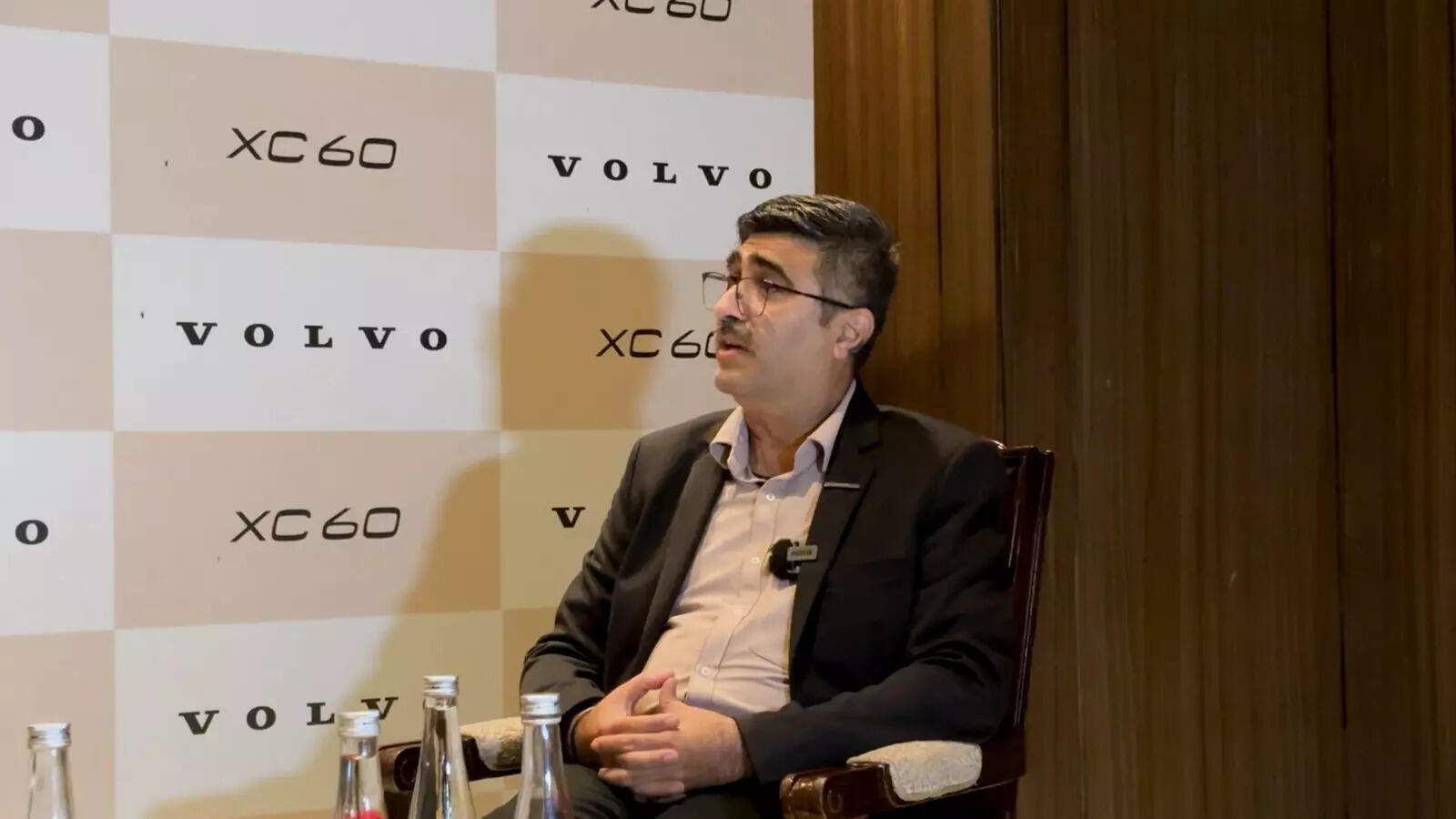

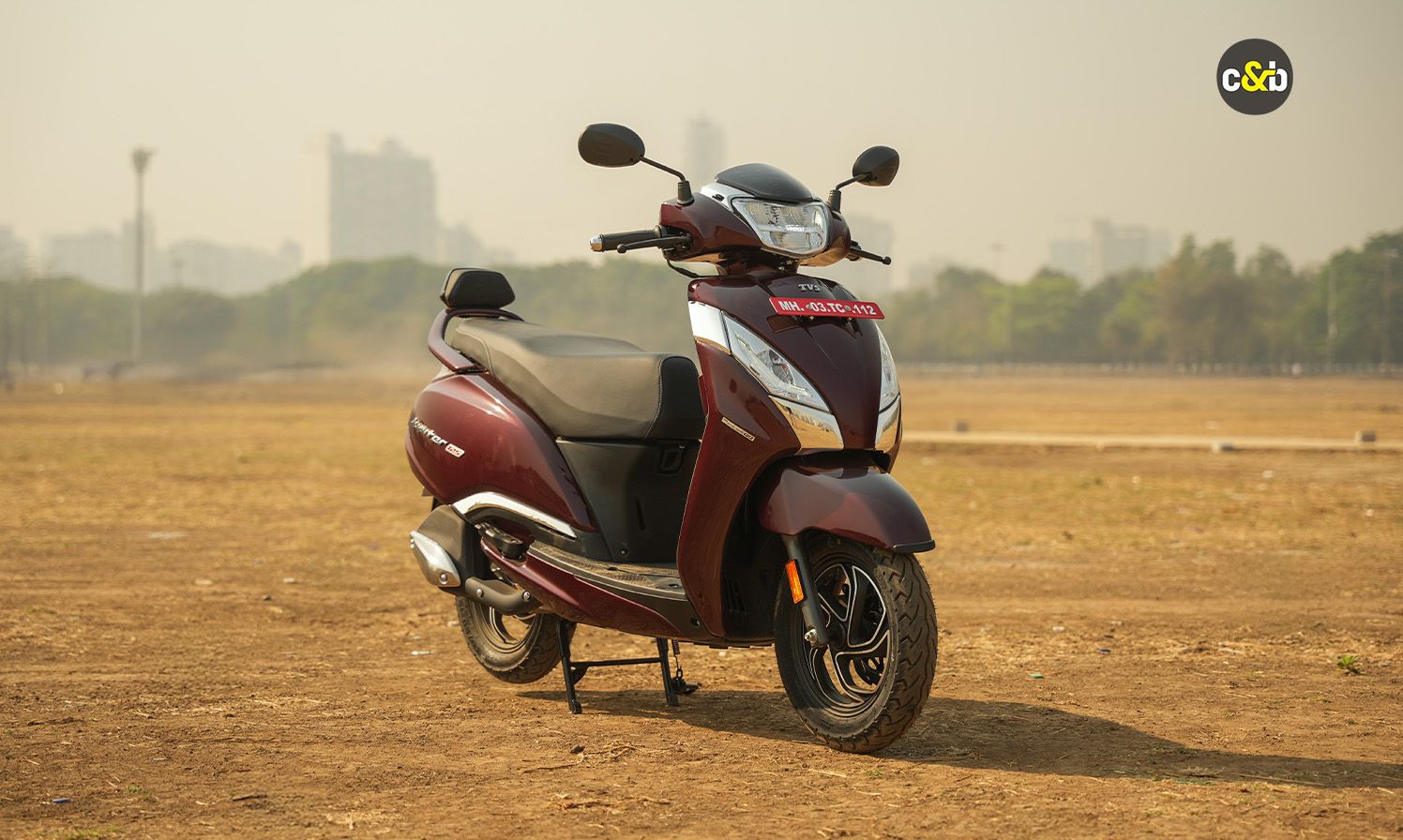

.jpg?w=700&c=0)
